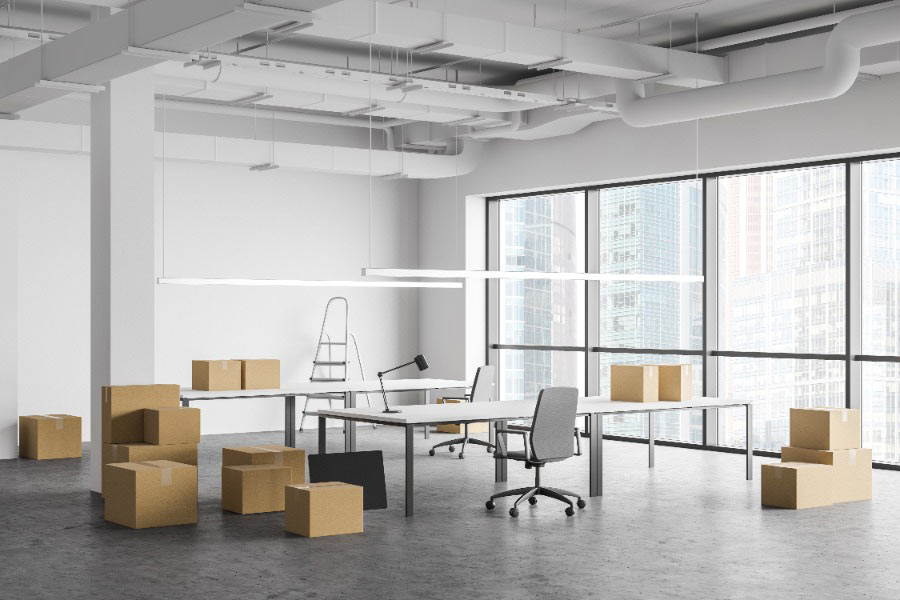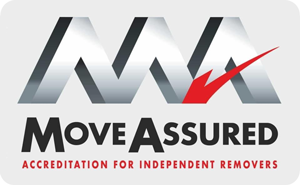Moving to a new home is an exciting chapter in life, but it can also be a nerve-wracking experience, especially when it comes to transporting delicate antiques and valuables. These cherished items hold sentimental, historical, or monetary value, making their safe handling and transportation a top priority. In this blog post, we will provide you with essential tips and strategies to ensure the protection of your antiques and valuables during a domestic removal.
- Take Inventory and Document:
Before the moving process begins, create a detailed inventory of your antiques and valuables. Take photographs, make notes of their condition, and record any existing damages. This documentation will serve as evidence for insurance purposes and help you identify any potential damage that may occur during the move. It is also helpful for verifying that all items have been safely transported and unpacked at your new home. - Consider Professional Appraisals:
For particularly valuable or rare antiques, it is advisable to seek professional appraisals. An expert appraiser can assess the current value of your items, provide accurate documentation, and even suggest specific packaging or handling instructions. This appraisal information is crucial for insurance coverage, as it ensures you have the appropriate coverage based on the true value of your antiques. - Research and Prepare Proper Packing Materials:
Invest in high-quality packing materials suitable for your antiques and valuables. This may include specialized boxes, acid-free tissue paper, bubble wrap, foam peanuts, and custom crates for larger or more delicate pieces. Conduct research or consult with professionals to determine the specific packing requirements for each item. Proper packaging will provide the necessary cushioning and protection during transit. - Secure Fragile Items Individually:
Each fragile item should be individually wrapped and protected to prevent scratches, chipping, or breakage. Begin by wrapping the item with acid-free tissue paper or soft cloth to create a protective layer. Then, add an additional layer of bubble wrap for shock absorption. Secure the wrapping with tape, ensuring it is snug but not too tight. Place these carefully wrapped items in appropriately sized boxes with additional cushioning materials. - Utilize Custom Crates for Larger or Delicate Pieces:
For larger or especially fragile antiques, consider custom-built crates. These crates provide an extra layer of protection and ensure a secure fit for the item. Custom crates are particularly beneficial for items such as glass-fronted cabinets, sculptures, or intricate furniture. Engage professional packers or consult specialized moving companies experienced in handling and building custom crates for maximum protection. - Label Boxes with Fragile and Handling Instructions:
Clearly label all boxes containing antiques and valuables as “fragile” to alert the movers and anyone handling the boxes. Use bright-colored labels or stickers to ensure they are easily noticed. Additionally, provide specific handling instructions for delicate or sensitive items. For example, indicate which side should be kept upright or if an item should not be stacked to avoid unnecessary pressure or mishandling. - Communicate with Your Moving Team:
Effective communication with the moving team is crucial to ensure the safe handling of your antiques and valuables. Clearly convey the importance of these items and their fragility to the movers. Point out any specific items that require extra care or attention during the move. A respectful and open line of communication will foster a sense of responsibility and help minimize the risks associated with transporting delicate possessions. - Consider Special Insurance Coverage:
Standard moving insurance may not fully cover the value of your antiques and valuables. Research and consider additional insurance options specifically tailored to the transportation of high-value items. Speak with your insurance provider or engage a specialized insurer to assess the coverage options available to adequately protect your most valuable possessions. - Plan for Climate Control and Temperature-sensitive Items:
If you have climate-sensitive antiques or valuables, such as artwork, musical instruments, or vintage wines, it is crucial to plan for their climate control during the move. Extreme temperature fluctuations can cause irreparable damage to these items. Consult with your moving company to ensure proper climate control measures are in place, such as temperature-controlled trucks or specialized packaging materials. - Choose a Reputable and Experienced Moving Company:
Selecting the right moving company is paramount when it comes to the safe transport of your antiques and valuables. Look for reputable and experienced movers who have a track record of handling delicate and valuable items. Read reviews, ask for recommendations, and inquire about their expertise in packing and transporting antiques. A reliable moving company will understand the importance of proper handling and provide the necessary care throughout the entire moving process. - Consider Transporting High-value Items Personally:
For exceptionally valuable or sentimental antiques, you may opt to transport them personally instead of relying solely on a moving company. This way, you can have full control over their handling and ensure their safety. However, ensure you have the appropriate vehicle, packing materials, and security measures in place for a smooth and secure journey. - Unpack with Care:
Once you arrive at your new home, unpack your antiques and valuables with the utmost care. Start by identifying the boxes containing these items and prioritize their unpacking. Take your time and unwrap each item gently, paying close attention to any fragile components. If needed, seek assistance from professionals or experts in the field to ensure proper installation or display of your valuable pieces. - Inspect for Damage:
As you unpack your antiques and valuables, inspect them thoroughly for any signs of damage. Compare their condition to the documentation you prepared before the move. If you notice any new damage, document it immediately and contact your moving company and insurance provider to initiate the claims process. - Preserve the Packing Materials:
Preserving the packing materials used for your antiques and valuables is essential, especially if you anticipate moving them again in the future. Store the specialized boxes, custom crates, bubble wrap, and other protective materials in a safe place. Properly stored packaging materials will save you time and effort when it comes to future moves or storage.
Moving antiques and valuables requires extra caution and attention to ensure their protection. By taking inventory, utilizing proper packing materials, communicating with your moving team, considering special insurance coverage, and employing the tips mentioned above, you can safeguard your cherished possessions during a domestic removal. Remember, preparation and proactive measures are key to ensuring your antiques and valuables reach their new destination unharmed, allowing you to continue treasuring them for years to come.







